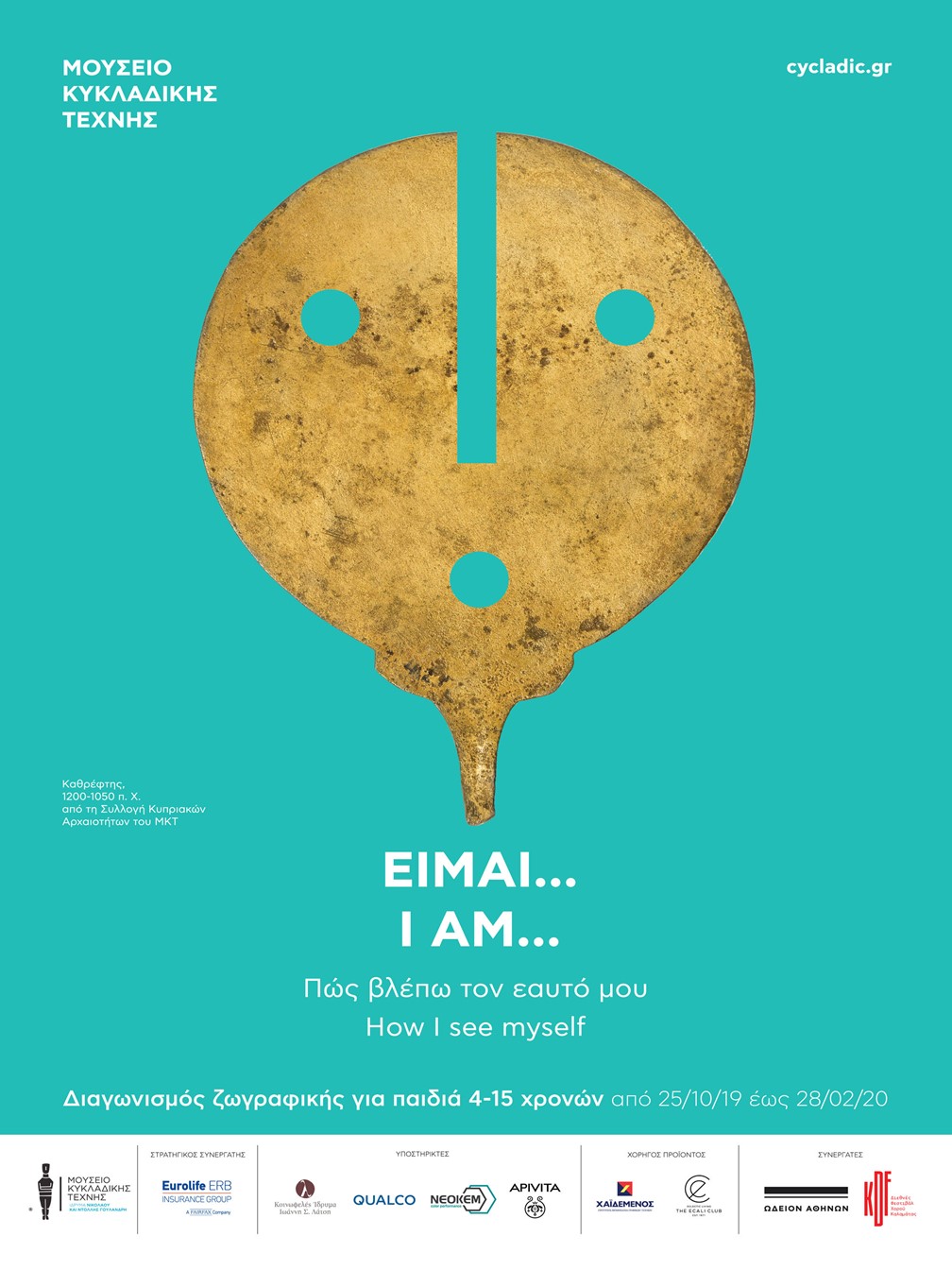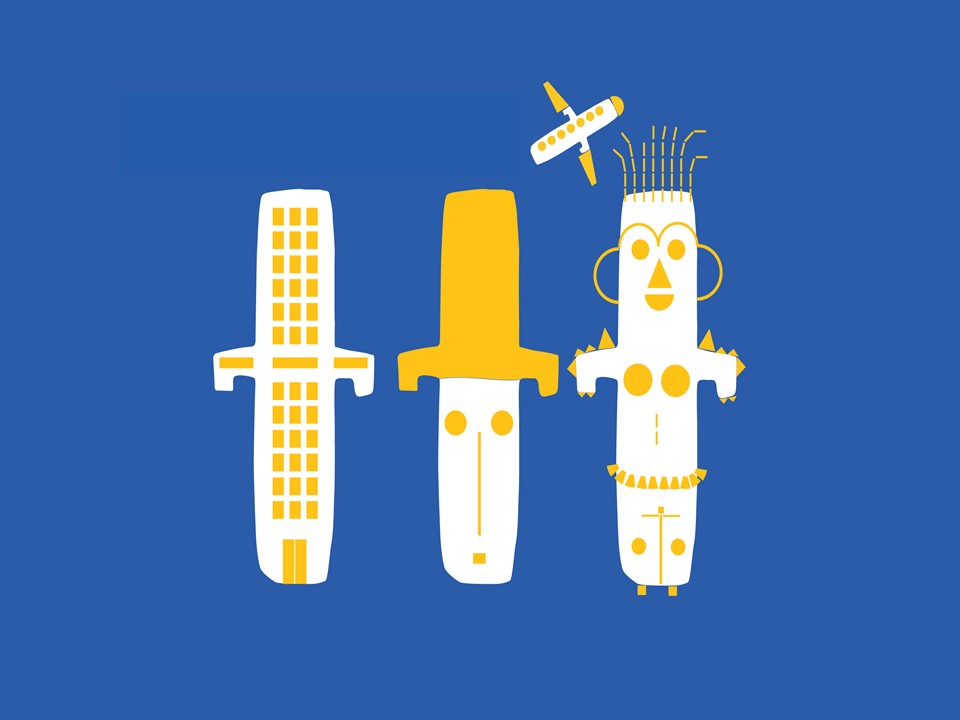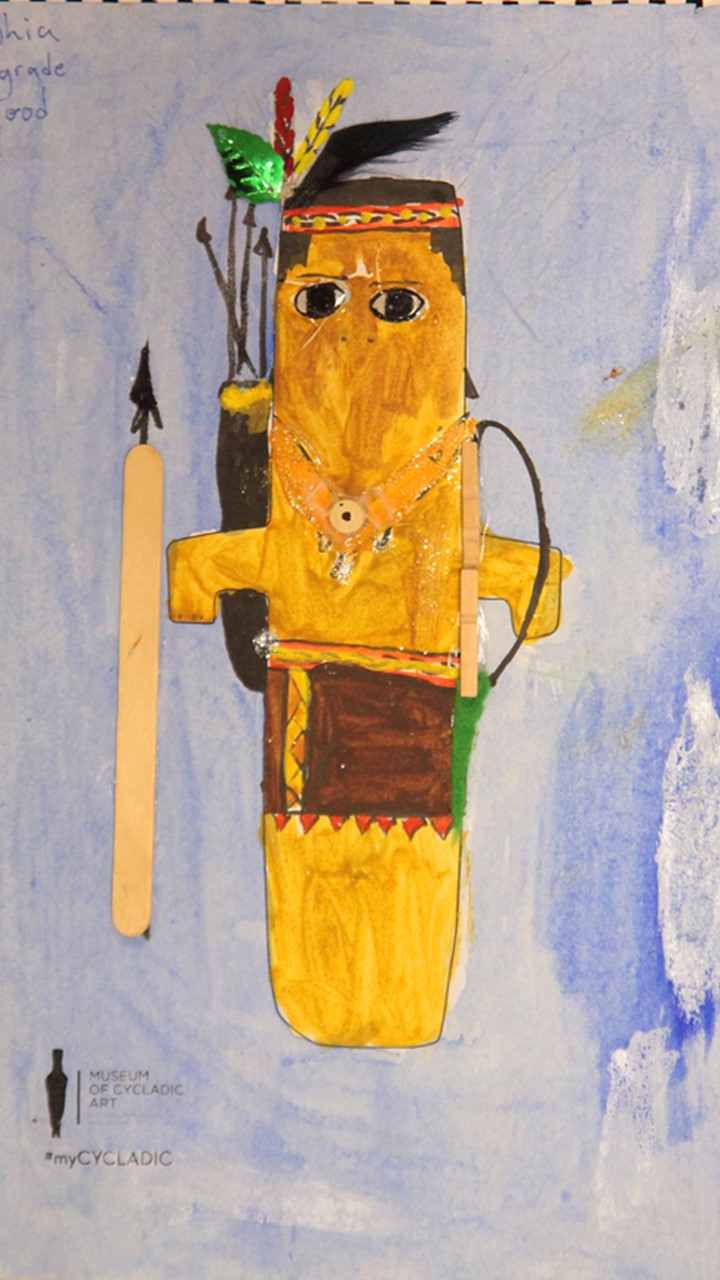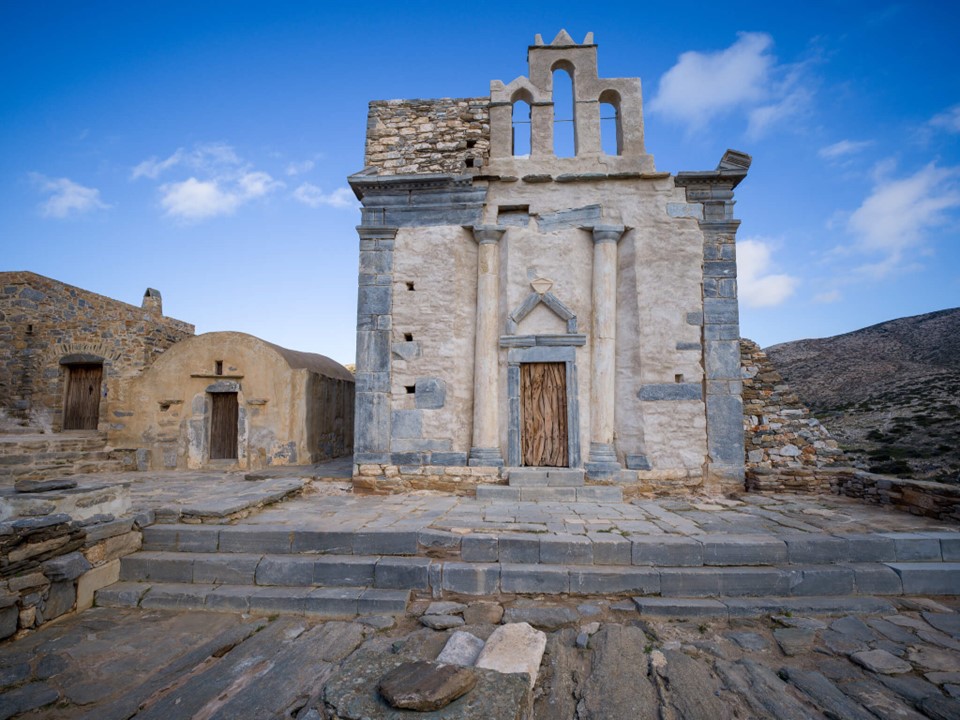
https://www.europeanheritageawards.eu/winners/monument-of-episkopi/
The Monument of Episkopi on Sikinos, one of the smallest Cycladic islands, is a Roman mausoleum dating back to the 3rd century. Because of its conversion to a Byzantine church, it was continuously used and has therefore survived nearly intact. Its ancient structure, combined with interventions from several historical periods, offers an incomparable palimpsest of archaeological periods that is rarely preserved in ancient monuments. Severely affected by destructive earthquakes and human interventions throughout the centuries, the monument was abandoned in the 20th century. The Ephorate of Antiquities of the Cyclades decided to restore the building in 2016. In 2022 the monument, fully restored and fully studied by the scientific personnel of the Cyclades Ephorate of Antiquities, reopened to the public. https://www.europeanheritageawards.eu/winners/monument-of-episkopi/
How can we introduce the Island of Sikinos? Sikinos is a tiny and rocky island with few permanent inhabitants, located in the Cyclades, between the islands of Ios and Folegandros. It has an area of approximately 42 square kilometers and a population of around 300 people. It is a quiet and peaceful island with a traditional way of life. The main village, called Chora, is built on a hill and has narrow streets, white-washed houses, and stunning views of the Aegean Sea. Other villages on the island include Alopronia, a small fishing village with a sandy beach, and Episkopi, where the historic Episkopi Church is located.
Is the Island of Sikinos related to any Greek Myth? According to Greek Mythology, the island of Sikinos is named after the son of Thoas, King of Lemnos, and son of God Dionysos and Princess Ariadne. Ypsipyli, Thoa’s daughter, trying to save her father from the Lemnian women who were killing the male inhabitants of the island, hid him in a wooden box and threw him into the sea. The waves of the sea led Thoa’s box to the island of Oinoe, where the king married the nymph Niida, who gave birth to a boy called Sikinos. It was Thoa’s son and grandson of Dionysos and Ariadne, who gave his name to the island during his reign.
The History of the Island: The island has a long and fascinating history, dating back to ancient times when the island was known for its vineyards and wine production. The island was also known as an important religious center, with a temple dedicated to Apollo the Pythian located on the island’s highest peak. Sikinos’s history parallels that of the other Cyclades islands, passing from Roman to Byzantine rule, and then falling to the Venetians and the Ottomans.
In the 13th century AD, Sikinos was conquered by the Venetians, who built a fortress on the island to protect it from pirates and other invaders. During this time, the island became an important center for trade and commerce, and its wine was exported throughout the Mediterranean. In the 16th century, Sikinos was occupied by the Ottoman Turks, who ruled the island for nearly 300 years. During this time, the island’s population declined, and many Sikinians migrated to other parts of Greece and to other countries. In the early 19th century, Sikinos became part of the newly formed Greek state, and the island began to experience a period of growth and prosperity. The island’s vineyards were revived, and Sikinos once again became an important center for wine production. https://sikinostravel.com/sikinos-island/history/
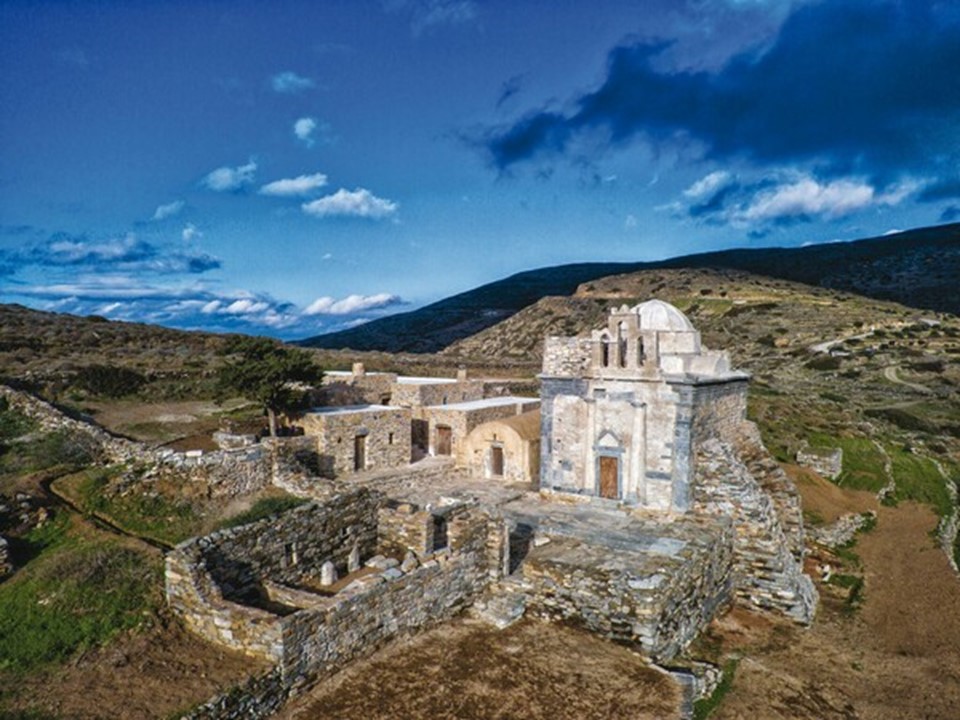
https://www.europeanheritageawards.eu/winners/monument-of-episkopi/
Which is the most important monument on the Island of Sikinos? Undauntedly Episkopi, or the monument of the Diocese of Sikinos. According to Dr Dimitrios Athanasoulis, Director of the Ephorate of Antiquities of the Cyclades… The monument of the Diocese of Sikinos, one of the smaller islands of the Cyclades, was, originally, a Roman period mausoleum, built during the 3rd century AD. The mausoleum became a Byzantine church, and subsequently, an important landmark of cultural heritage for the island community throughout the centuries. https://www.lifo.gr/now/entertainment/episkopi-sikinoy-ena-monadiko-mnimeio-apodidetai-simera-sto-koino
What new archaeological information did the restoration of Episkopi bring to light? The archaeological research that took place during the restoration of the monument, Dr Dimitrios Athanasoulis said, enriched our knowledge of the funerary monuments of the Roman period in the Eastern Mediterranean region, as well as of Byzantine church building in the Cyclades. During the restoration work of Episkopi, valuable evidence of the past was revealed, such as inscriptions and fragments of Roman and Byzantine frescoes, for the preservation of which a microclimate monitoring system was installed. The most important find was the hermetically sealed, undisturbed burial of a woman of the upper class, named “Neiko”, with findings that betrayed superstitions and necrophobic notions. https://www.lifo.gr/now/entertainment/episkopi-sikinoy-ena-monadiko-mnimeio-apodidetai-simera-sto-koino
Why was the monument of Episkopi on Sikinos bestowed the Europa Nostra Award in 2022? The monument of Episkopi is a cultural landmark and a source of pride for this small island community. Building materials were reused as much as possible and new masonry was incorporated using locally collected stones. The combination of architectural elements of a Roman mausoleum in a Byzantine church forms a unique monument that is simply striking… emphasized by the Awards’ Jury. https://www.europeanheritageawards.eu/winners/monument-of-episkopi/
For a Student Activity, please, Check… HERE!
